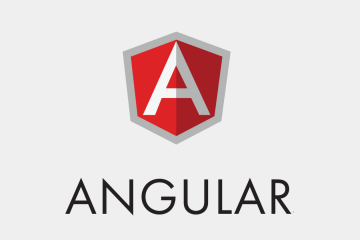Semantic is a UI component framework based around useful principles from natural language.
Semantic is a UI framework designed for theming.
Key Features
- 50+ UI elements
- 3000 + CSS variables
- 3 Levels of variable inheritance (similar to SublimeText)
- Built with EM values for responsive design
- Flexbox friendly
Semantic allows developers to build beautiful websites fast, with concise HTML, intuitive javascript, and simplified debugging, helping make front-end development a delightful experience. Semantic is responsively designed allowing your website to scale on multiple devices. Semantic is production ready and partnered with frameworks such as React, Angular, Meteor, and Ember, which means you can integrate it with any of these frameworks to organize your UI layer alongside your application logic.
Install
Recommended Install
npm install semantic-ui # Use themes, import build/watch tasks into your own gulpfile.
npm install semantic-ui-css
npm install semantic-ui-less
LESS plugin – LESS Plugin Repo
npm install less-plugin-semantic-uiember install:addon semantic-ui-emberMeteor – LESS – Meteor Repo
meteor add semantic:uimeteor add semantic:ui-cssbower install semantic-ui



0 Comments